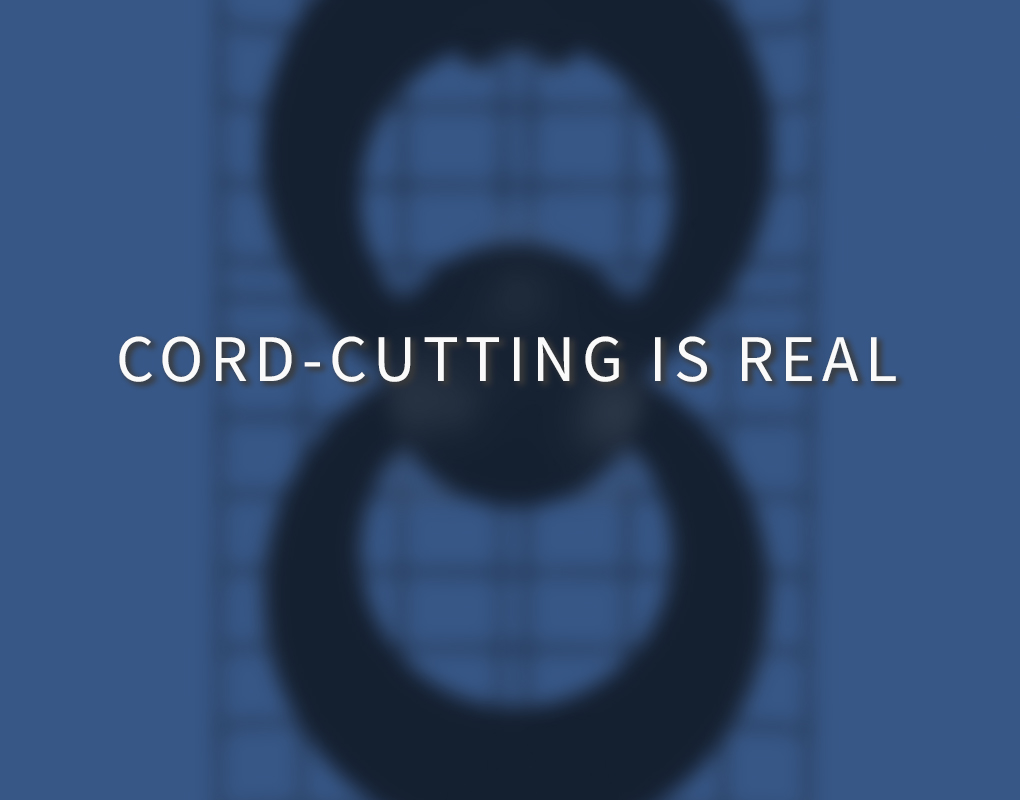Andrew Wallenstein
No one on the planet may know more about the pay-TV business than Craig Moffett, who analyzed it consistently and cogently for about a decade at Bernstein Research up until the end of last year. He resurfaced last month at his own research firm, Moffett Research, and returned Monday to the subject he knows so well with a simple message that stood out from the rest of a 135-page coverage initiation document: “cord-cutting is real.”
While that’s far from a 180-degree flip to anyone who has followed how his opinions regarding the complexities of pay-TV subscription rates have evolved since he called the trend an “urban myth” in 2009, it was clearly his most forceful declaration confirming the existence of cord-cutting.
Citing the largest year-over-year pay-TV subscriber slide yet that occurred in the first quarter of the year, Moffett didn’t mince words: “Pay TV is unmistakably declining and the rate of penetration decline is accelerating. The very fact that there have recently been more new households being minted each year than there have been new pay-TV households is proof positive that cord cutting is real.”
While making abundantly clear that this cord-cutting evidence didn’t mean “seismic changes” were just around the corner for the industry, Moffett projected that the pay-TV penetration rate would sink from 87.9% this year to 82% by 2020. He characterized the cost-cutting population as being 1.9 million strong — though that’s a drop in the bucket against a pay-TV populace totaling over 100 million in the U.S.
Moffett sees a combination of two factors driving the acceleration of subscriber decline: 1) the lower-income households that he believes comprises the biggest part of the cord-cutting segment are getting priced out of the market by increasing subscription rates 2) the digital alternatives from Netflix to Hulu that are meant to be supplements to the pay-TV market end up being substitutes in the aggregate.
It’s an interesting evolution for a prominent analyst who built a reputation as something of a skeptic on the cord-cutting front. But by no means is he flip-flopping: Moffettologists will note a creeping credence he lent to a trend he once pooh-poohed in his comments over the years. As early as 2011, he acknowledged, albeit parenthetically, that change was a-coming: “Notwithstanding an ongoing fascination with the notion of cord-cutting (in favor of web vide0), there is little evidence that this is a significant phenomenon (yet).”
